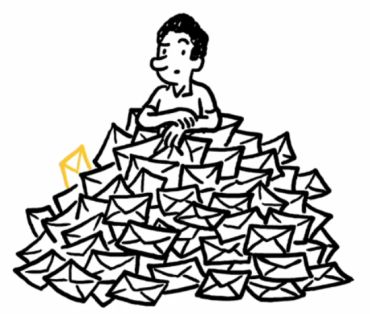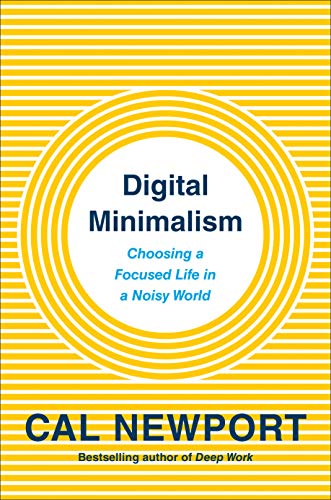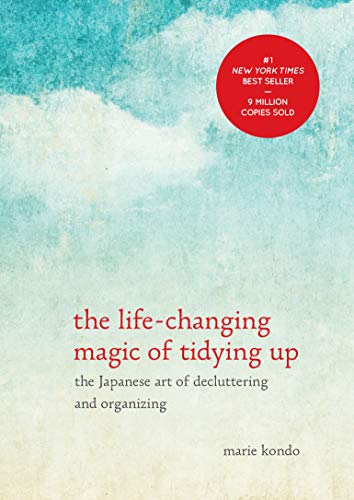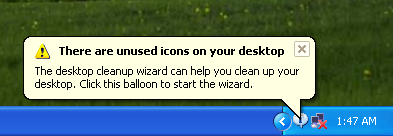I recently read a new book from Cal Newport titled Digital Minimalism I thought my readers would enjoy. He argues the rise of our hyper-connected digital life has evolved into a threat to our society’s stability. The combination of unintended and intended addictive behaviors at play have caused us to be feel more anxious than ever before and is stripping us of more rewarding activities. He suggests we combat it with a “digital minimalism” philosophy, carefully evaluating if a digital tool is beneficial and extracting only it’s essentials while avoiding it’s addictive traps.
I found the book wonderfully written with compelling examples, as is usual from Cal Newport. The repetition and examples really drive home his points but the core content and suggestions fit on a few pages, which I’ve summarized in a later blog post for a quick reference. I’d still recommend reading the full book if you’re looking for an enjoyable read.
I won’t be switching to a flip phone any time soon, but the book refined the way I look at attention seeking apps and made me more conscious of their addictive behaviors. The most impactful section for me wasn’t specific to digital minimalism, but instead on how I’m spending my leisure time. I love the idea of planning “high-quality” leisure to bring more fulfillment rather than falling into “low-quality” leisure activities every day like watching TV for hours. I’ve already began implementing this practice in my daily life with success.
The book obsesses too much about social media and smartphones as the root of all evils and reducing our digital usage as much as possible. More and more of my high-quality time is digital and that trend will continue in the future and with future generations. For example, drawing an original work of art has similar benefits to the artist whether it’s done digitally or with physical drawing materials. Digital isn’t the enemy, the real enemy is not living intentionally in all aspects of my life.
Interested in more book reviews? Follow me on Goodreads. Want to read a full summary of the book? Stay tuned for my book summary in a follow up post.



